As the saying goes, “Being forewarned is being forearmed.” That is certainly true when it comes to the food we buy. It’s also why I pulled together this list of toxic pantry items – and safer alternatives.
The more we know, the better able we are to choose
the healthiest, safest nourishment for ourselves and our families.
Sometimes the toxic chemicals in foods are accidental by-products. Other times, they were intentionally added to extend shelf life or make the food prettier or more appealing.
Either way, the good news is that there are plenty of affordable, healthy ways to replace them.
1) Rice
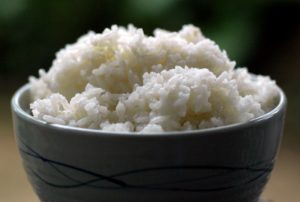
The problem occurs because rice is grown in flooded paddies and takes up the arsenic that occurs naturally in water and soil.
Safer Alternative: Limit the amount of rice you consume; see Consumer Reports’ recommendations for how much infants, children and adults can safely eat in a week here. Also, replace rice with other grains, like quinoa, farro, and whole wheat pasta. Cooking rice by repeatedly flushing it through with fresh hot water, and cooking it in extra water you can pour off, can remove much of the grain’s stored arsenic.
Don’t Miss: How You Can Avoid Eating Arsenic When You Cook Rice
2) Food Coloring and Dyes
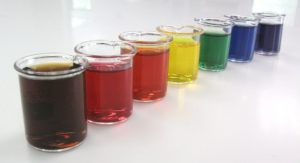
A CSPI report finds that many of the food dyes approved for use raise serious health concerns.
For example, Red Dye #3 was recognized in 1990 by the FDA as a thyroid carcinogen in animals and is banned in cosmetics and externally applied drugs. Red 40 (also seen on labels as Red Dye #40), the most-widely used dye, may accelerate the appearance of immune-system tumors in mice. The dye causes hypersensitivity in a small number of consumers and might trigger hyperactivity in children, says CSPI.
Yellow 5 may also cause hyperactivity and other behavioral effects in children. The European Union requires a warning notice on most dye-containing foods, but here in the U.S., manufacturers need only say that the dye is in the product.
Safer Alternative: Skip breakfast cereals that are pink, blue, yellow, green, red and purple. Avoid cupcake frosting and cake mixes that are colored and filled with colored candies. Read the labels on food packages. Choose food coloring made specifically from fruit and vegetable concentrates to tint food for decoration.
3) Grain and Corn Products That Contain GMOs
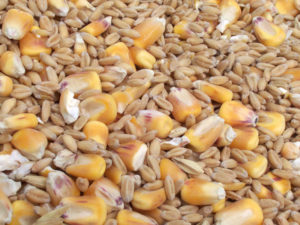
The original idea was to produce crops that would be more resistant to diseases and pests.
But ironically, GMOs seem to have spawned an increase in pesticide use, while some animal studies show a link to potentially pre-cancerous cells, smaller brains, livers, and testicles, false pregnancies, and higher death rates.
Products that contain grains or corn products are those most likely to contain GMOs, which means cereal, flour, pancake mix, cake mixes, corn meal, anything sweetened with high fructose corn syrup, and even beer. Though many European countries have banned GMO food products, that’s not the case in the U. S., though some states have started to require companies to label GMO-tainted food ingredients.
Safer Alternative: Buy food that is explicitly labeled Non-GMO verified or organic.
4) Canned Tuna
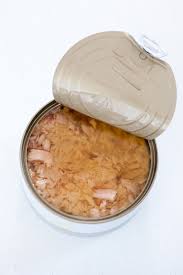
Mercury is a problem because exposure in pregnant women and young children can impair hearing, hand-eye coordination and learning ability.
Evidence suggests that frequent consumption of high-mercury fish might also affect adults’ neurologic, cardiovascular, and immune systems.
Safer Alternative: Salmon and shrimp contain relatively little mercury, and you can get salmon both canned and in easy-serve pouches, like tuna. Limit tuna consumption to 4 ounces or less of light tuna or 1.5 ounces or less of white albacore tuna for children who weigh less than 45 pounds, and somewhat more for heavier kids. Pregnant women should avoid canned tuna altogether.
5) Canned Fruits & Veggies
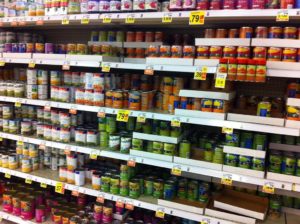
It is associated with a wide variety of health problems, including cancer, Type 2 diabetes, heart disease, and ADHD.
The chemical is often infused into the internal lining of cans, where it may leach into the food inside. In fact, a study by a coalition of health advocacy and environmental groups found that 100% of bean and tomato food cans tested at “dollar” discount stores contained the chemical.
Safer Alternative: Eat fresh food whenever possible. Buy food frozen or packaged in glass jars. Make meals from scratch and freeze leftovers in your own glass or stainless steel containers to keep consumption of canned food to a minimum. Processed food is a real time saver, but planning ahead and getting other family members involved in food prep will help reduce the need to buy canned food.
Don’t Miss: Fresh Food Wins Again
6) Noodle Cups and Instant Soups
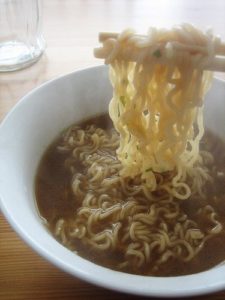
Styrene leaches into food when it comes into contact with heat or acid, so adding boiling water to cook ramen or instant soup should be avoided, as should making or serving hot coffee, tea, or chocolate in a styrene cup.
Safer Alternative: Buy packaged ramen noodles and boil them up in some prepared vegetable or chicken broth. Put your own noodles in a Mason jar to take to work or school. Take instant coffee or tea bags with you in a stainless steel mug and get hot water once you reach your destination. Don’t buy ramen noodles on the go from a vending machine, either.
7) Plastic Food Packaging
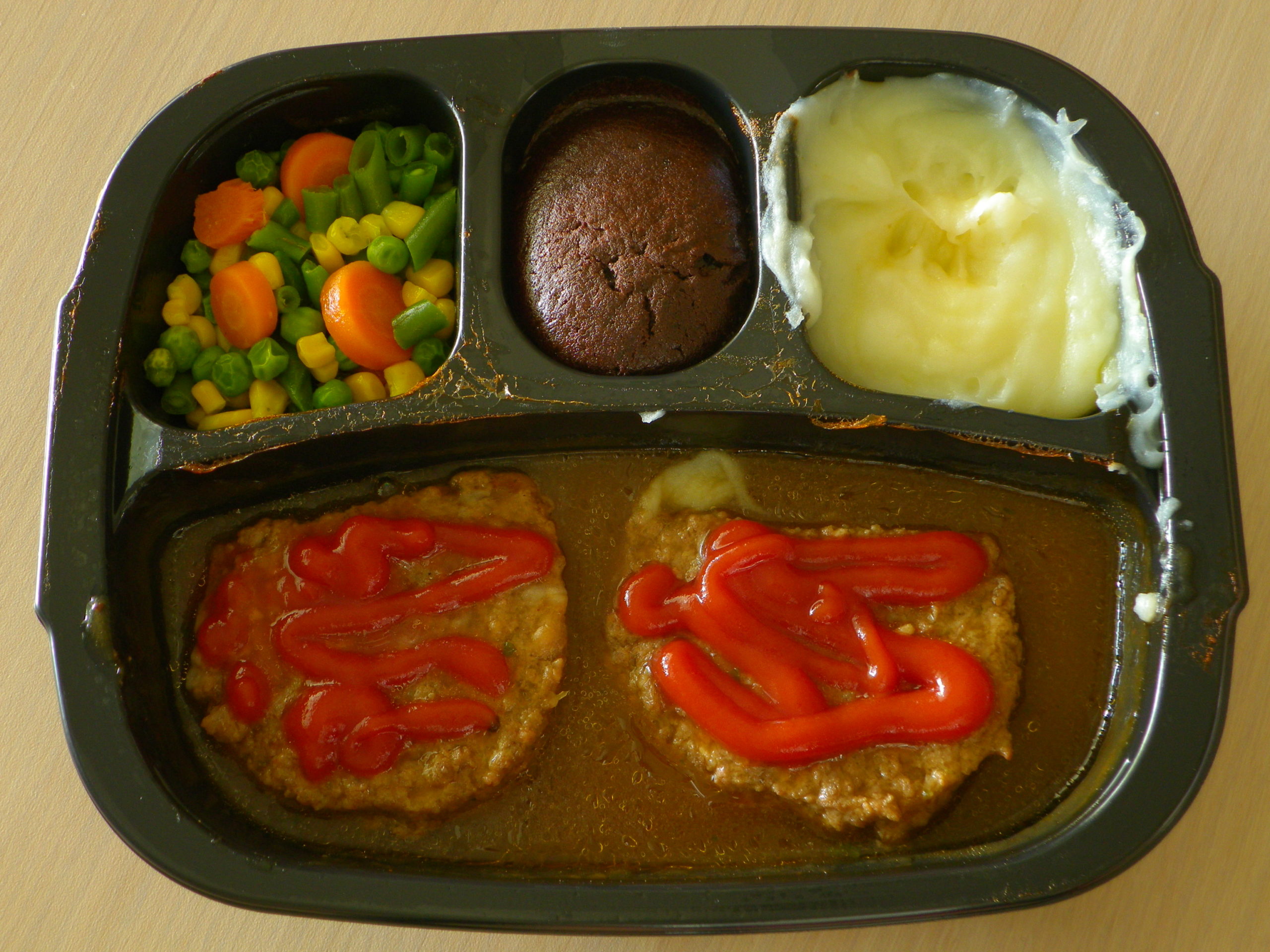
Vinyl chloride may also contain phthalates, BPA, and chlorine, which makes it particularly dangerous to manufacture.
Safer Alternative: When buying anything plastic, look for the letters PVC or the #3 inside or next to the chasing arrow recycling symbol, which will indicate that it is vinyl chloride and should be avoided. Buy fresh food rather than processed food on plastic trays. Make your own meals at home that you can apportion in glass, silicon, or stainless steel containers. Choose a cotton or hemp shower curtain that you can launder.
8) Microwave Popcorn

At high heat, like what is found in a microwave oven, PFOAs can spread onto the popcorn. You might also end up inhaling them when you open the bag of popped corn and the steam escapes.
PFOA has been linked to cancer, liver disease, developmental problems, and thyroid disease, reports Duke University.
Safer Alternative: The safest option is to pop popcorn yourself. If you don’t want to put it in a pan on the stove, put around a half up of kernels in a paper bag and roll the top of the bag closed, then microwave 2-3 minutes, turning off the microwave as soon as popping stops.
9) Pesticide Residue on Foods
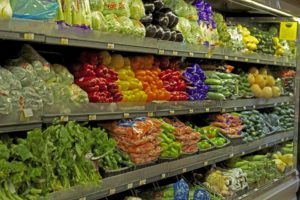
Environmental Working Group ranked 48 different fruits and vegetables according to how much reside could be detected on each one. Apples, peaches, nectarines strawberries and grapes contained the most residue; pineapples, sweet corn and avocados the least.
Though EWG’s study considered fresh produce, it’s likely dried produce is also contaminated. For example, the USDA Pesticide Data Program found 26 different pesticide residues on raisins.
Safer Alternative: Buy organically grown fruits and vegetables, both dried and fresh. If you can’t find organic dried produce, you can buy fresh and dehydrate it your oven or a dehydrator. On a limited budget? Prioritize organic for the foods you eat the most.
Don’t Miss: Benefits of Organic Food – It’s More Nutritious
10) Brominated Vegetable Oil, or BVO
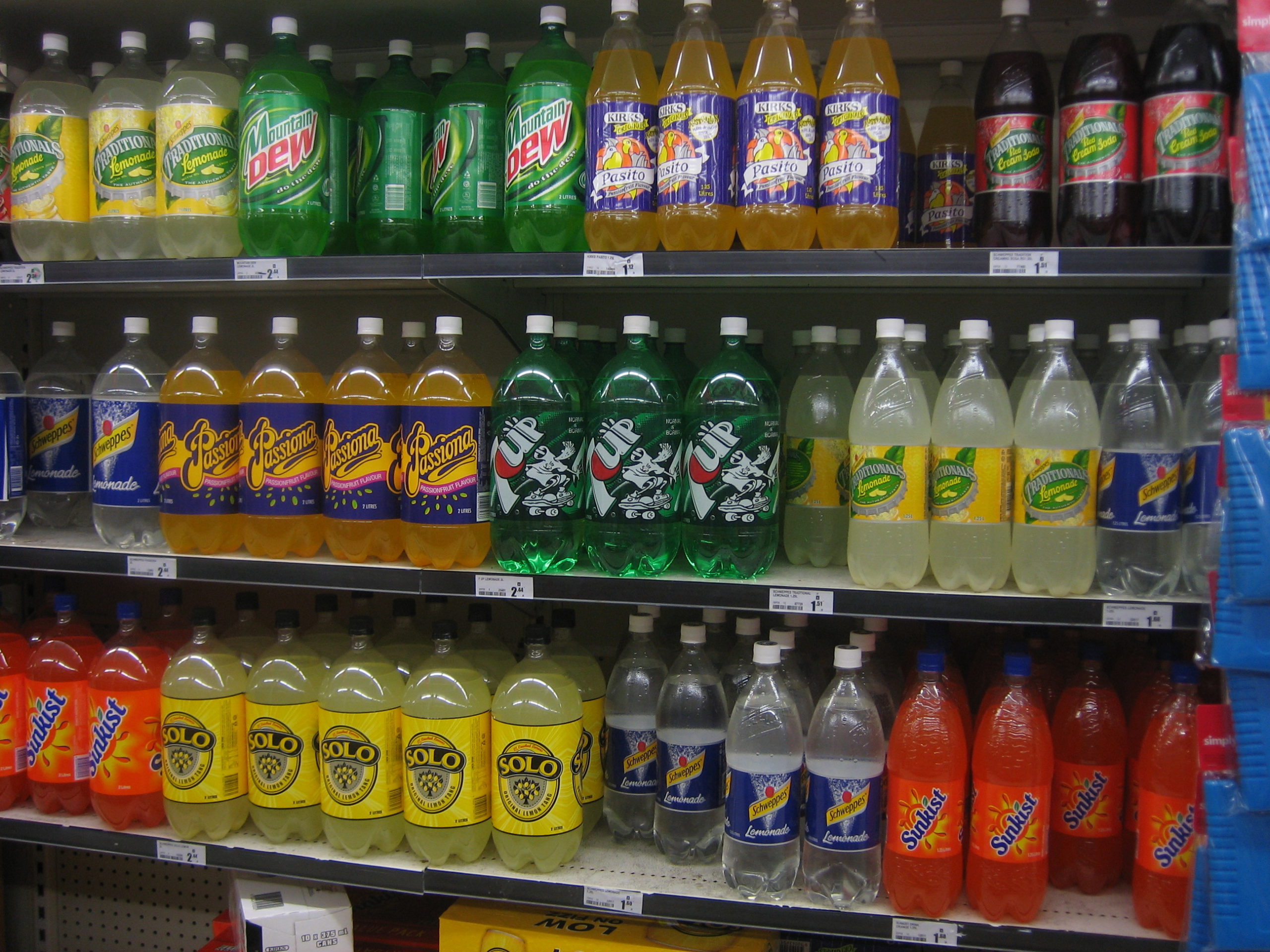
The compound also makes the natural colors in food brighter.
You might find it in soda pop, sports drinks, and citrus-flavored waters.
The chemical could increase cholesterol; it may also damage the liver, testicles, thryroid, heart and kidneys. WebMD reports that “in very high amounts, drunk over a long period of time, BVO can build up in the body and cause toxic effects.”
Safer Alternative: This is an easy one: Cut back on the number of sodas or sports drinks you consume in a day. Instead, drink plain water or seltzer water flavored by your own freshly-squeezed orange, lemon, lime, or grapefruit juice. Or, buy power drinks at juice bars that will make them only with fresh fruits and vegetables and plain water.
What items in your pantry have you replaced with healthier alternatives? Let us know!
NOTE: I originally wrote this article for CountryLiving.com, where you’ll find all kinds of wonderful articles and stories.
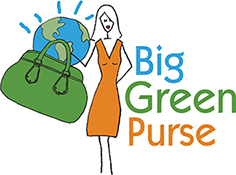

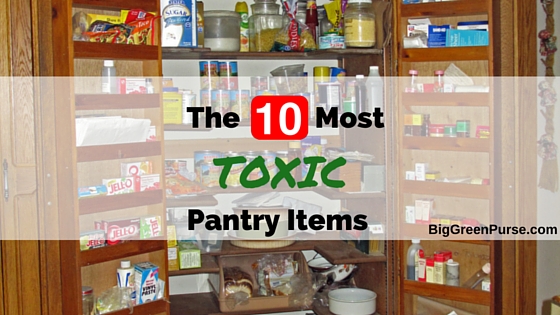


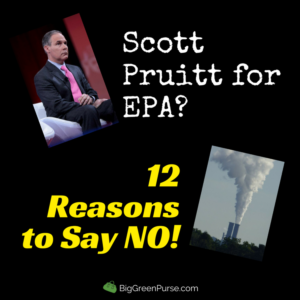


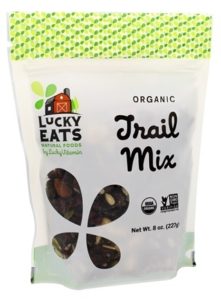


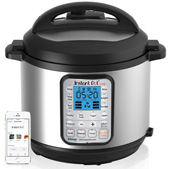
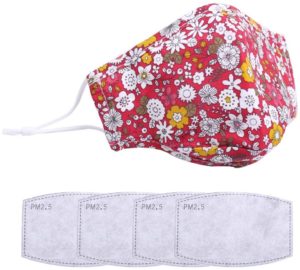




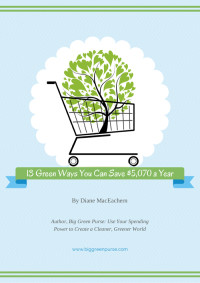
4 thoughts on “The 10 Most Toxic Items In Your Pantry”
Great article. I tend to buy frozen organic vegetables in bulk since it is cheaper.
Great idea! Thanks for sharing.
Great info! I am guilty of doing all of these occasionally, although I try to limit them. It’s hard with teens. But, the one I am really passionate about avoiding is the food dyes!
I totally get that. I think it’s more useful information to have over the long term. One can of beans won’t make a difference – canned food every day is another issue! And I’m with you on the food dyes. Thanks for your comments.
Comments are closed.